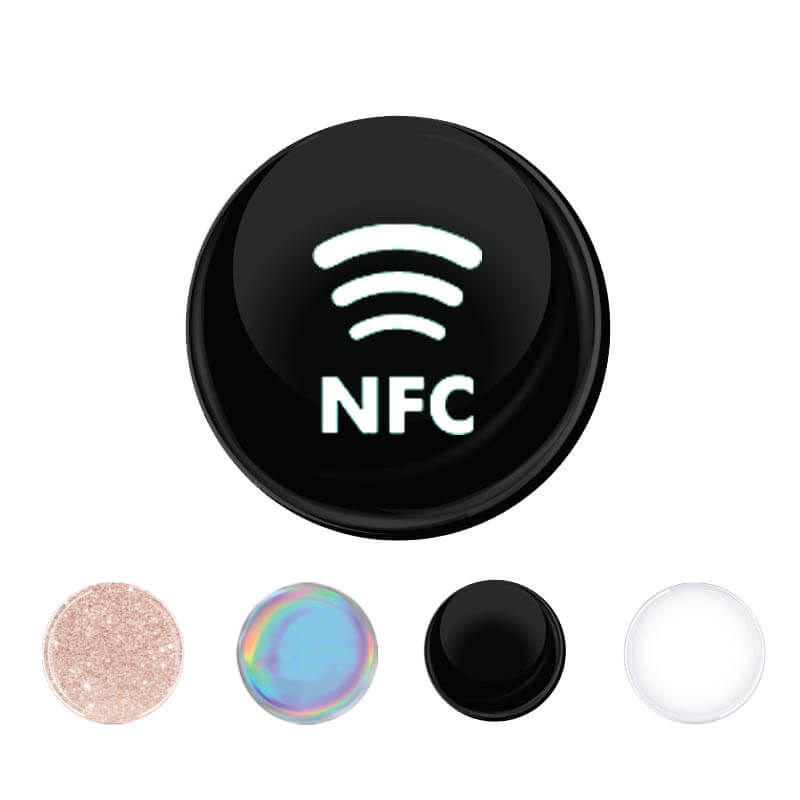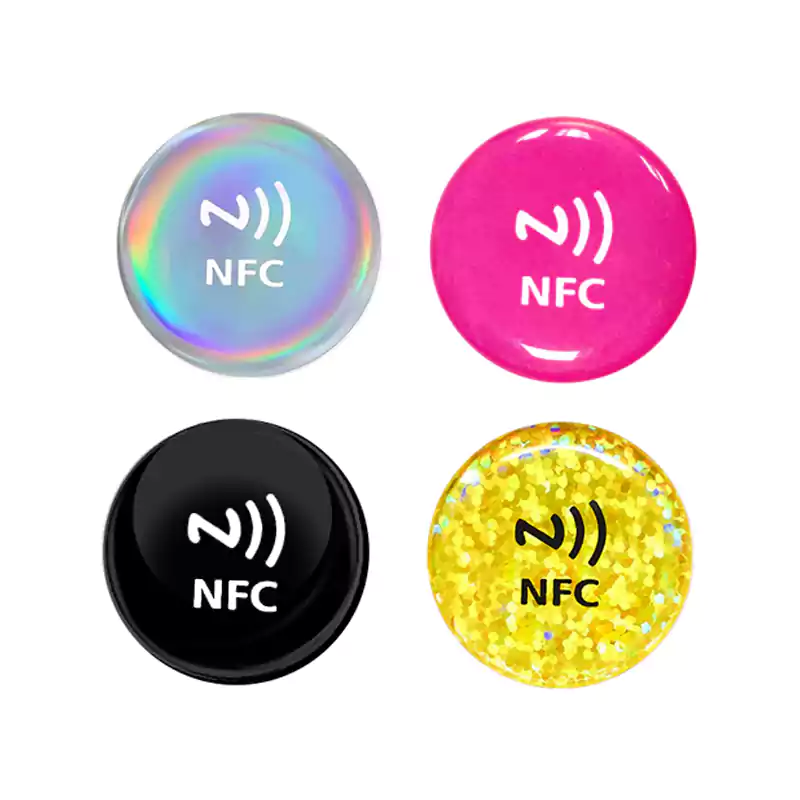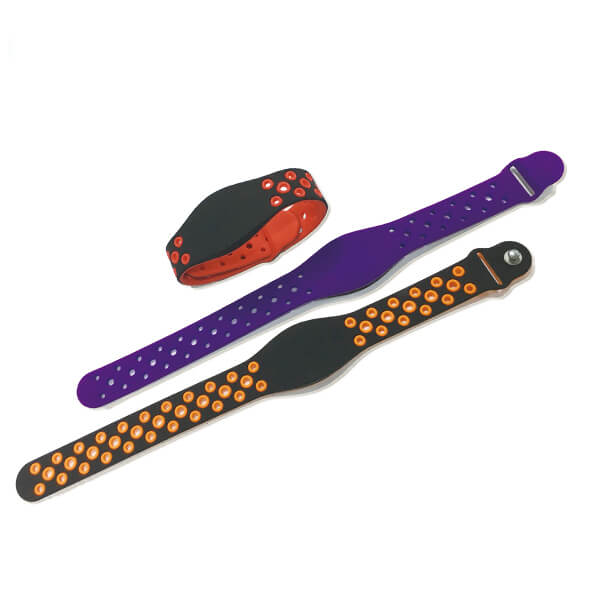Access control is an important part of any organization’s security strategy; it helps protect private areas from unauthorized access, while also streamlining operations for authorized personnel. One popular method for access control is through smart cards–credit-card-sized pieces of plastic that contain embedded RFID or NFC chips, which allow them to store and communicate data with compatible readers and devices. In this article, we’ll take a look at why smart cards are such an effective solution for access control and some key considerations when using them for your own organization’s needs.
What is a Smart Card?
A smart card (also known as an integrated circuit card) is a physical device made up of embedded microchips with memory and/or processing capabilities. These cards provide improved security over traditional magnetic stripe cards by featuring encrypted storage and data transmission capabilities that allow them to securely store unique identification numbers and other information about the user who carries them.
They come in various sizes, shapes, and form factors, including credit-card size variations that are often used in identification badges or check-in applications like hotel keys or membership loyalty programs. Some smart cards also feature contactless capabilities that allow users to make payments simply by tapping their card against a wireless reader device at checkout terminals.
Smart cards can be further separated into two distinct types: contactless cards, which use RFID or NFC technology to exchange data without needing direct physical contact between the card and reader; and contact-based cards, whose chips must be inserted into a reader device or terminal before communication can occur between the two components.
Both types are generally used for similar purposes although contactless solutions offer additional advantages (such as faster transaction speeds) due to their non-contact nature.
Benefits of Smart Cards in Access Control
Smart cards offer several benefits as an access control solution but most notably they’re incredibly cost-efficient compared to traditional mechanical keys or even biometric solutions like fingerprints or facial recognition systems given their lower initial investment costs plus reduced maintenance fees associated with updating credentials over time due to the ability replace existing credentials on smartcards rather than needing new hardware altogether whenever updates are required.
Additionally, they offer enhanced convenience since they operate similarly standard credit/debit payment systems allowing users to pay quickly just by tapping their card against designated readers as opposed to manually entering PINs codes/passwords, etc.
Last but not least they provide improved security since they feature enhanced encryption and two-factor authentication protocols making it much more difficult for hackers actually gain unauthorized entry into protected applications/infrastructures using stolen credentials – meaning only authorized personnel to have access privy information securely!
How Smart Cards Work
A smart card is an RFID card with embedded microchips that allow it to store large amounts of data. The chip on the card can be programmed with specific data and authentication methods that are used to control access.
For example, it might contain information about the user’s identity and details about which areas or resources they have permission to access. When somebody wants to gain entry into an area or resource, they present their smart card and enter their PIN code or provide other authentication such as a fingerprint scan.
The system then checks the data stored on the chip against its records to verify the user’s identity and whether they have permission to enter the area or use the resource they are attempting to access. If everything checks out, the user will be granted access; if not, then they will be denied entry.
Types of Smart Cards
ID Card
ID card is a small, often plastic card that contains personal information such as a name, photo, and possibly other identification numbers or data. ID cards are used for a variety of reasons, including verifying identity and granting access to secure locations. There are many types of ID cards out there, such as driver’s licenses, student IDs, company badges, and more. Depending on the purpose of the card, it may feature different technologies such as barcodes or RFID chips to enable various levels of security verification.
IC Card
The IC Access Card works at a frequency of 13.56MHz, with a microelectronic chip inside that exchanges information through radio waves or electromagnetic fields.
It is used for access control, bus tolls, subway tolls, and other occasions due to its contactless convenience and long life of up to 10 years.
In addition, it has high-security features such as connecting with computers for two-way control which makes it difficult to copy; however, the cost is very high.
The most common type in the market is the M1 card which includes encryption logic circuits and programmable read-only memory but offers only low-level protection against malicious attacks.
CPU Card
CPU card is a type of computer card that contains a single-board computer with an integrated processor and other electronic components. It is typically used in industrial or embedded applications where space is at a premium, such as automation control systems or point-of-sale terminals.
CPU cards are typically a compact, low power, and have excellent processing capabilities. They can be programmed to carry out specialized tasks, such as running programs or operating specific hardware.
As you can see, there are many advantages to implementing smart cards in your organization’s access control system. From enhanced security to reduced administrative costs and improved efficiency—smart cards offer a host of benefits that make them an attractive option for organizations looking to improve their overall security posture. So why not consider taking advantage of this technology today? By investing in smart card technology now you’ll be able to reap the rewards for years to come!











